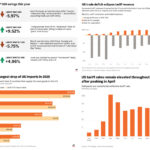The Asian financial hub of Hong Kong and China’s neighboring southern province of Guangdong cancelled hundreds of flights on Friday as fears of powerful Typhoon Saola forced some mainland cities to shut businesses, schools and financial markets. Packing winds of more than 200 kph (125 mph), the typhoon could make landfall late on Friday or early on Saturday in Guangdong, and rate among the five strongest to hit the populous province since 1949, Chinese authorities have warned. The Associated Press has the story:
Hong Kong, S. China grind to standstill, await Typhoon Saola
Newslooks- HONG KONG (AP)
Most of Hong Kong and other parts of southern China ground to a near standstill Friday with classes and flights canceled as powerful Typhoon Saola approached.
Many workers stayed at home and students in various cities saw the start of their school year postponed to next week. Trading on Hong Kong’s stock market was suspended and about 460 flights were canceled in the key regional business and travel hub.
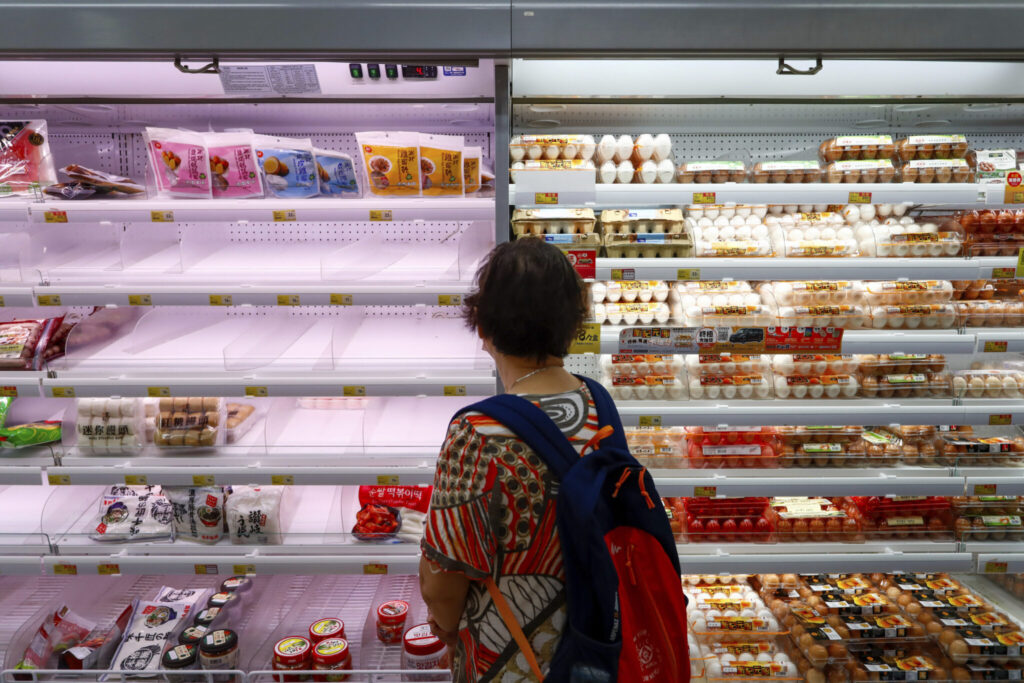
Rail authorities in mainland China suspened all trains entering or leaving Guangdong province from Friday night to Saturday evening, state television CCTV reported.
The Hong Kong Observatory issued a No. 9 storm signal, the second-highest warning under the city’s weather system. It said Saola — with maximum sustained winds of 210 kilometers (130 miles) per hour — would be closest to the financial hub at around midnight, about 40 kilometers (25 miles) south of the city’s Tsim Sha Tsui shopping district.
The observatory’s director, Chan Pak-wai, said the alert might be upgraded to a No. 10 signal if the winds strengthened further. A No. 10 hurricane warning was last issued when Super Typhoon Mangkhut hit Hong Kong in 2018.
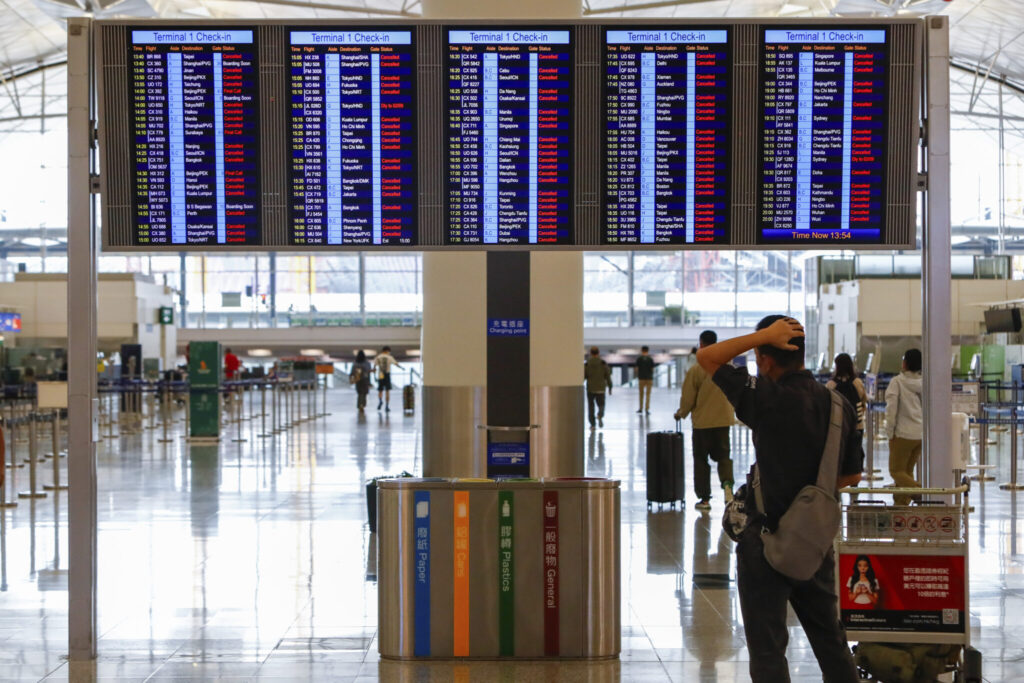
Chan expected that winds would gradually weaken Saturday as the typhoon moves away from Hong Kong.
The observatory warned of serious flooding in coastal areas and said the maximum water level might be similar to when Mangkhut felled trees and tore scaffolding off buildings in the city.
In recent months, China has experienced some of its heaviest rains and deadliest flooding in years in various regions, with scores killed, including in outlying mountainous parts of the capital, Beijing.
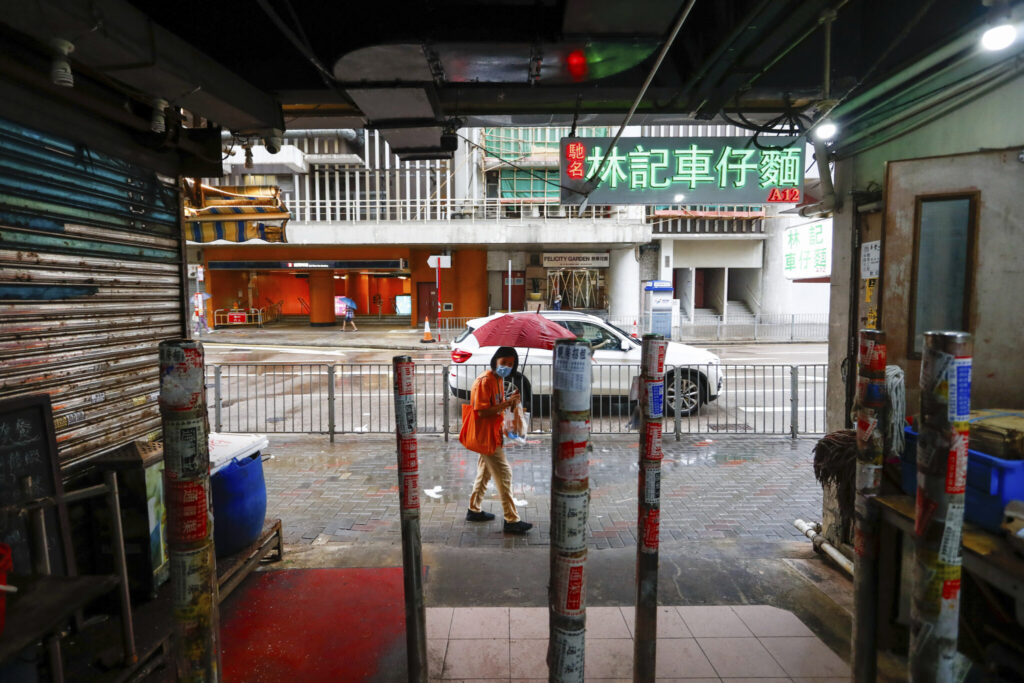
As Hong Kong braced Friday for heavy rains and strong winds, about 280 people sought refuge at temporary shelters and ferry and bus services were halted. Residents of low-lying areas placed sandbags at their doors to prevent their homes from being flooded.
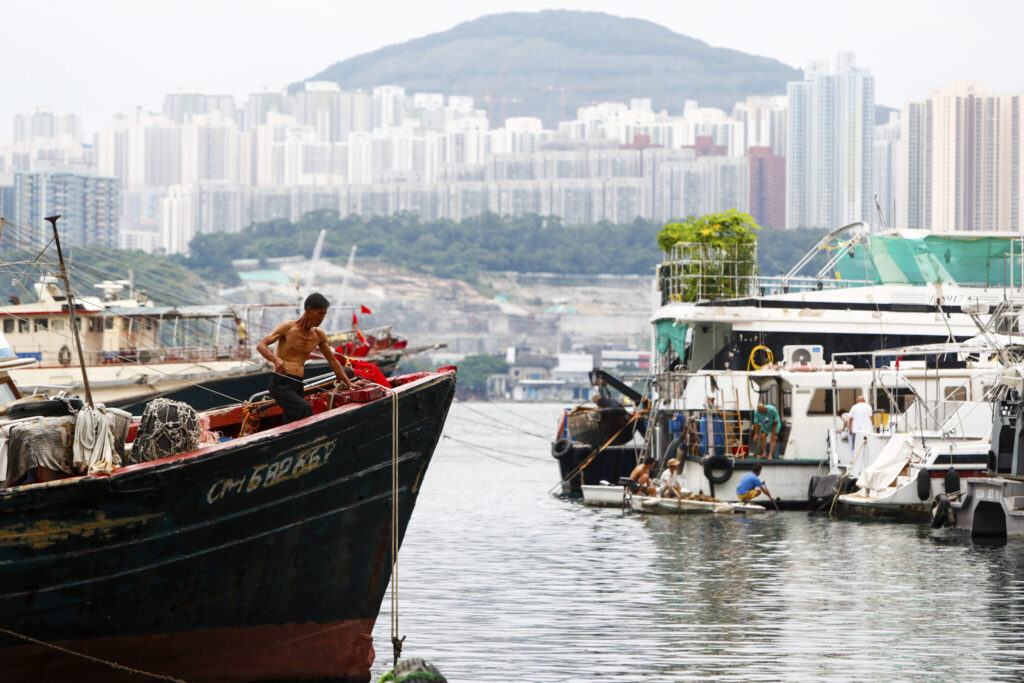
Two men were injured and sought treatment at public hospitals. Classes at all schools will remain suspended on Saturday.
But some residents, including security guard Shirley Ng, still had to go to work Friday. Ng said people were stocking up on food to prepare for the storm.
“I just hope that the typhoon won’t cause causalities,” she said.

Weather authorities in the nearby gambling hub of Macao also warned of flooding, forecasting that water levels might reach 1.5 meters (5 feet) in low-lying areas Saturday morning. The cross-border bridge connecting Hong Kong, Macao and Zhuhai city was closed at mid afternoon.

In the technology and finance hub of Shenzhen, the emergency management bureau ordered a suspension of work, businesses and public transport with the typhoon expected to hit the city or nearby areas on Friday night. Use of highways in the city was banned except for rescue crews.
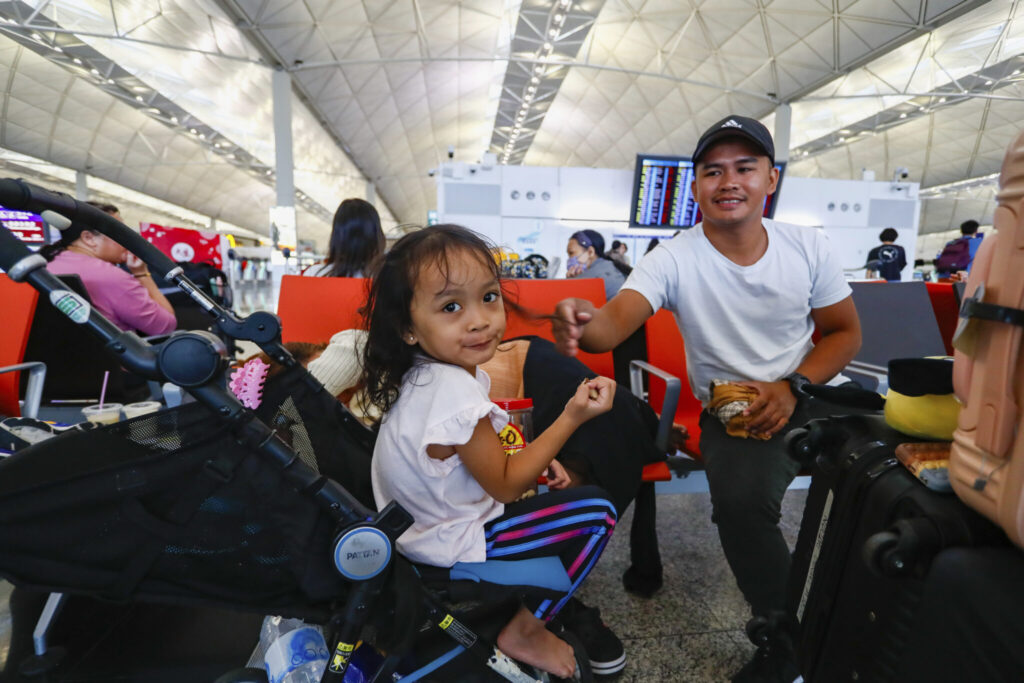
China’s National Meteorological Center said Saola could make landfall from Huidong County to Taishan city in Guangdong province, which neighbors Hong Kong, between Friday night and Saturday morning. It said the storm could also move west near central Guangdong.
Another storm, Haikui, was gradually moving toward eastern China. Coupled with the influence of Saola, parts of Guangdong, Fujian and Zhejiang provinces will experience strong winds and heavy rains, the meteorological administration said.
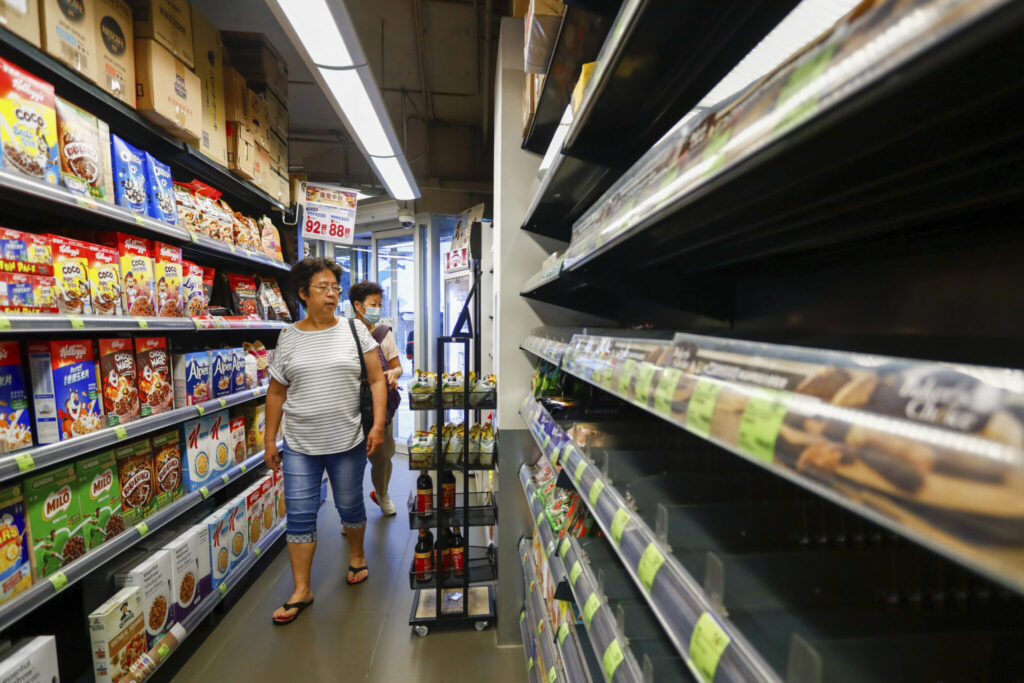
Saola passed just south of Taiwan on Wednesday before turning toward mainland China, with its outer bands hitting the island’s southern cities with torrential rain. The typhoon also lashed the Philippines earlier this week, displacing tens of thousands of people in the northern part of the islands because of flooding.




